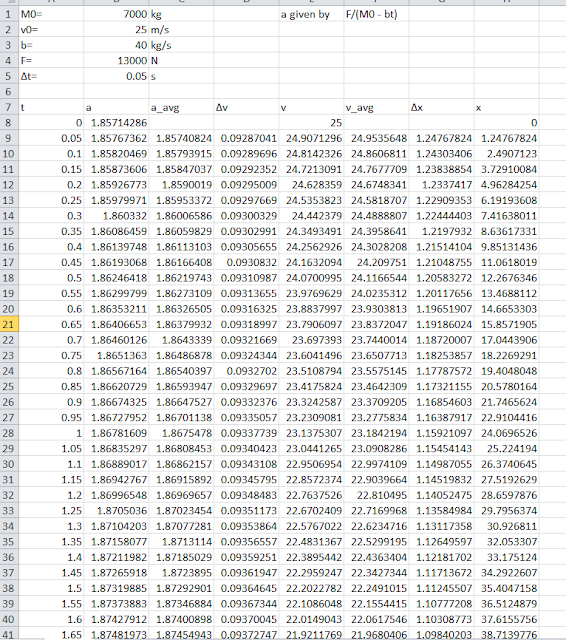Density of Metal Cylinders and Propagated Uncertainty
Jin Im
with Victoria Bravo and Juan Garcia
6 March, 2017
In this lab, we observed the effects of uncertainty in everyday calculations and learned the significance of the range of values it provides.
Intro/Theory: We procured two cylinders of unknown composition. By taking their mass with a scale, and using calipers to find their volume, we calculated their densities. By comparing these values to a list of metals and their known densities, we found the identities of both cylinders.
Also, by using uncertainty values specific to the equipment used in the lab, we calculated the propagated uncertainty of each density calculation.
Procedure: We retrieved 2 cylinders of unknown makeup and differing sizes. By weighing these cylinders on a scale, then measuring their dimensions with a caliper, we calculated their density in g/cm^3. We compared the resulting densities with the density values of known metal to find the identities of the metal cylinders.
Using the uncertainty from lack of precision in the equipment used today (d⌀, dh, and dm), we calculated the propagated uncertainty values of the densities of each cylinders and observed the range of the resulting values.
Data/Calculations:
Cylinder 1: mass = 70.6g, height = 8.68 cm, diameter: 1.90 cm
Cylinder 2; mass = 28.9g, height = 3.25 cm, diameter: 1.28 cm
Because the scale measured mass to the tenths power, our uncertainty for mass was 70.6 ± 0.1g and 28.9 ± 0.1g, respectively.
Because the caliper measured to to to a hundredths of a centimeter, our uncertainty for each measurement was ± 0.01 cm. (8.68 ± 0.01 cm, 1.90 ± 0.01 cm / 3.25 ± 0.01 cm, 1.28 ± 0.01 cm).
The density formula is mass over volume, and the volume of a cylinder is
V
=
π
r^2
h
replacing r for diameter/2, we get
V
=1/4
πd^2
h.
Our density formula becomes 4m /
πd^2
h.
Plugging in the values, Density of the large cylinder = 4(70.6) / [3.14(1.9/2)(8.68)] = 2.87 g/cm^3
Density of the smaller cylinder = 4(28.9) / [3.14(1.28/2)(3.25)] = 6.91 g/cm^3
The propagated uncertainty calculations are included below.
Conclusion: Our final densities of 2.87 ± 0.031g/cm^3 and 6.91 ± 0.0126 g/cm^3 where comparable to that of aluminum and zinc, respectively. Aluminum has a kg/m^3 density of 2712 and Zinc has 7135. Converting those quantities into g/cm^3, 2.712 and 7.135 are close enough to identify the two cylinders as aluminum and zinc. A possible source of discrepancy, however, would be the density of the hook at the top of each cylinder which we could not measure, and the impurity of the cylinders' makeups.





















